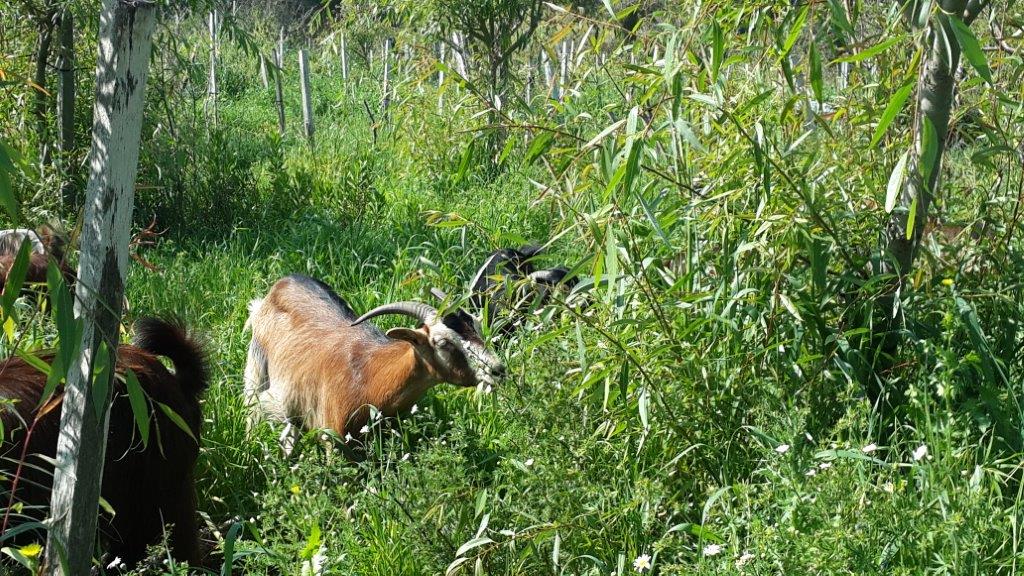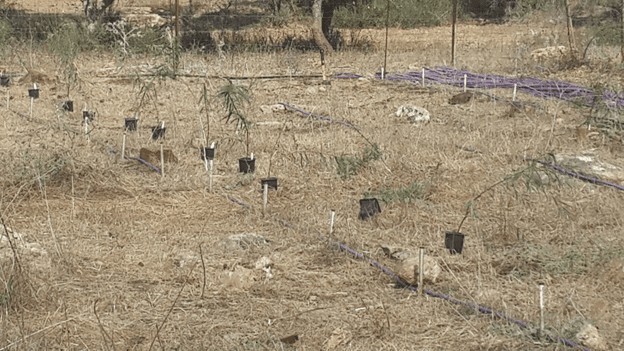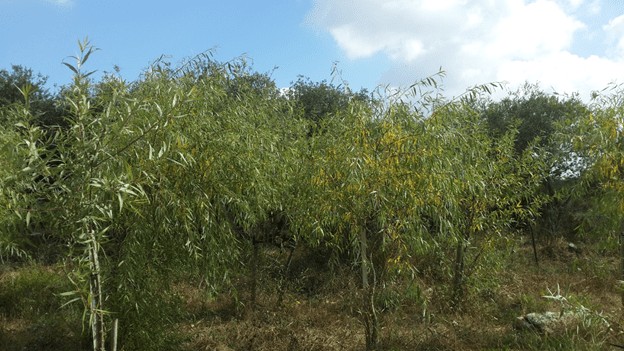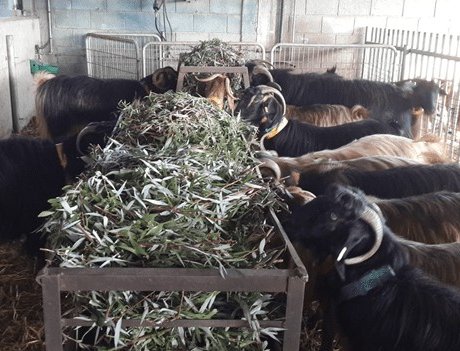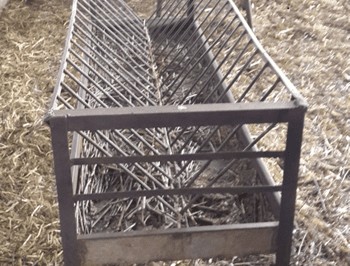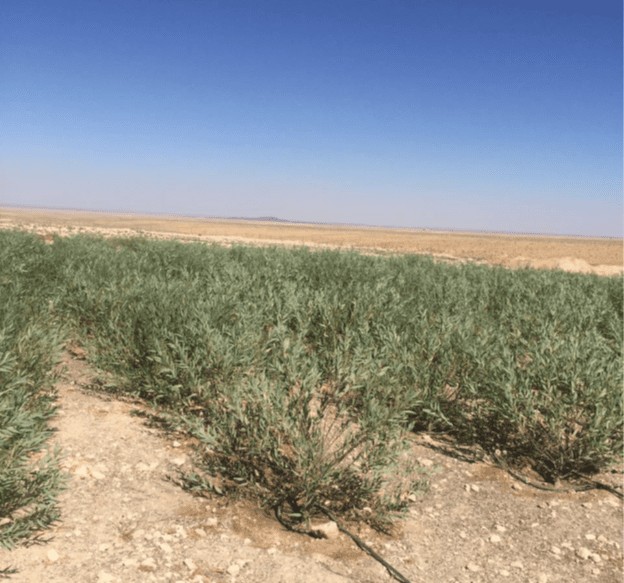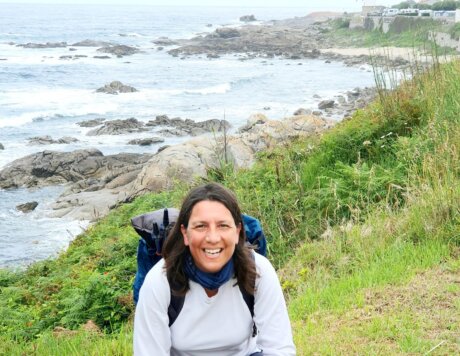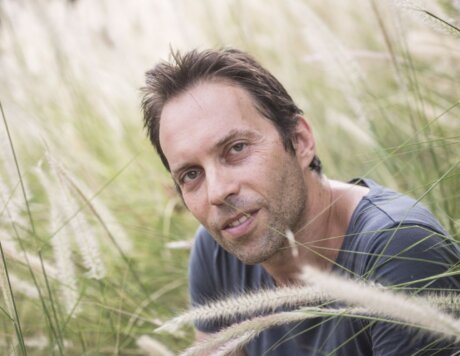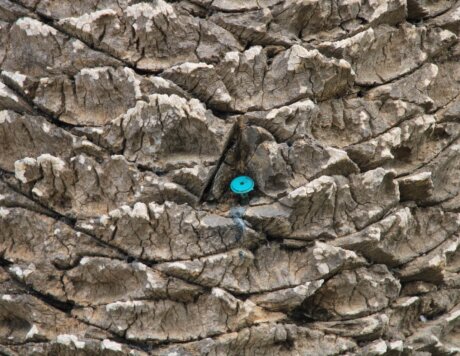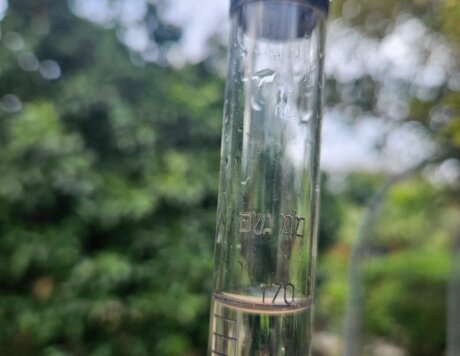What are the future research directions?
“The study will continue to compare the state of the willows irrigated with wastewater to those irrigated with regular water. Moreover, now that we know that willows grow better with treated wastewater, which contains more salts than regular water, we have begun to develop the idea of growing willow forage irrigated with brackish water, which is abundant in the Negev and in the Arava. Dr. Josh Klein has shown that willows can indeed take root in brackish water. As in Jordan, we also have a forage crisis in arid regions, and if we’ll find that treated wastewater, which is abundant in Jordan, and brackish water, which is abundant in the Negev, can be used in these regions, we’ll be able to bring good news to the farmers of the Negev and the Arava.”
And in our little willow plot at Ramat Hanadiv, the problem of excess water has been solved and the invasive vegetation is disappearing.
Hussein Muklada is a research engineer at the Volcani Center and has collaborated with Ramat Hanadiv for the last 14 years. He coordinates research on the willows under the guidance of Dr. Yan Landau from the Volcani Center – Agricultural Research Organization and the director of research on the Israeli side, Dr. Yehoshua Klein from the Volcani Center – Agricultural Research Organization.
Did you like it? Join our free mailing list to receive monthly news and updates about activities for the whole family. Register here


